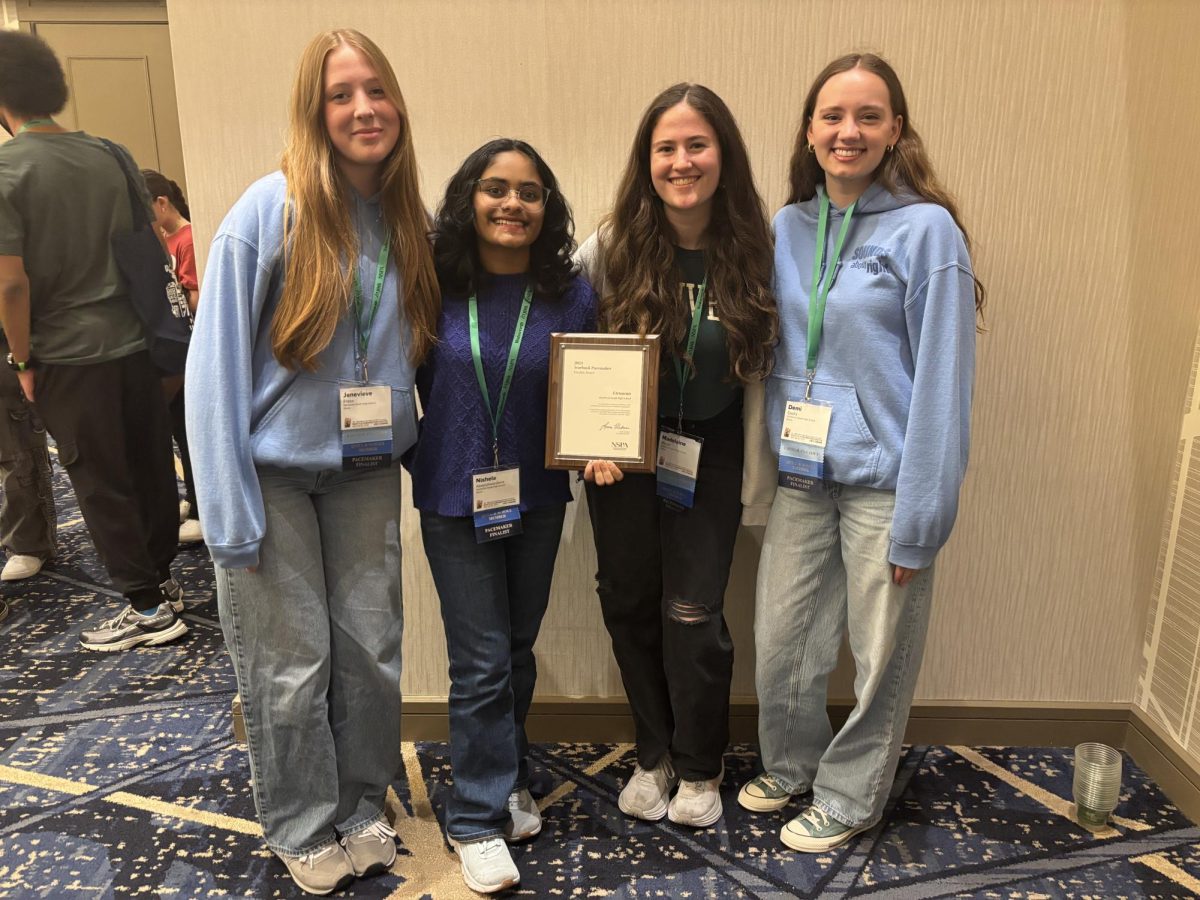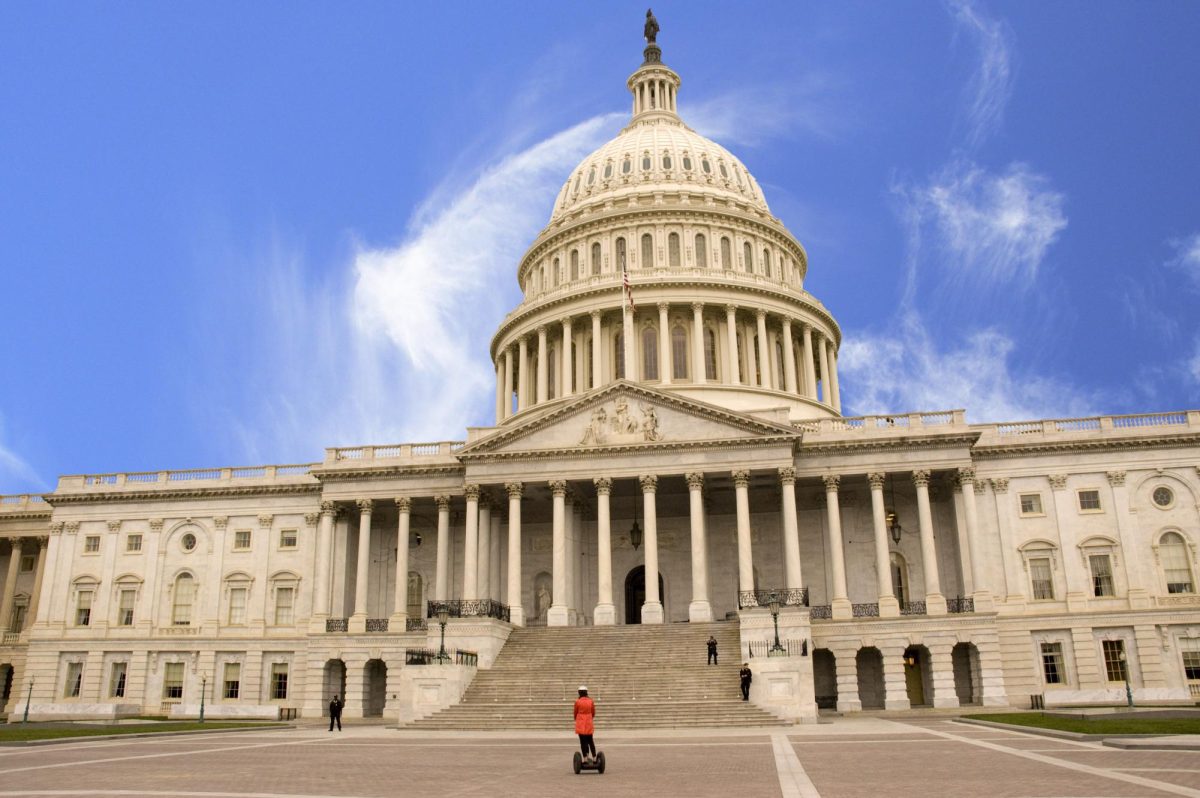Student Council and John Skorupa, driver’s education teacher, conducted a preliminary survey about student seat belt usage during open lunch periods on Dec. 14. The survey was conducted as part of an Illinois Department of Transportation (IDOT) study in conjunction with Ford and Allstate.
South’s Driver’s Education Department received a $2,000 grant from those three organizations to research student seat belt usage, according to Skorupa.
Skorupa was unhappy with the results of the first survey, because he expected a higher percentage of students to wear their safety belts.
“I am disappointed that with all the efforts in school and in the media, we do not have 100 percent of drivers and passengers using their seat belts,” Skorupa said.
Student Council members observed students during fourth, fifth and sixth period open lunch exiting the west parking lot off of Lake Avenue. Of the 180 students in 87 vehicles leaving the parking lot, 119 students were seen wearing safety belts. This meant that 37 percent of these students had not buckled up, violating Illinois state law.
Declan Garvey, South student body president, thought that the statistics were not only indicative of most adolescents’ driving habits, but they also portrayed the statistics for people of all ages on the road. On the contrary, Skorupa thought that these statistics reflected solely upon the teen driving population.
“I think the numbers are reflective of a typical teenager’s view on seat belt usage and driver safety,” Skorupa said. “I believe that most teens feel like, ‘That’s never going to happen to me’ [but] as you get older, you begin to feel more vulnerable and therefore are more likely to use your seat belt.”
Despite the “typical teenager’s view,” some students started considering potential dangers posed by not buckling up after a milestone in their lives: receiving their driver’s license. According to an Oracle-conducted survey of 190 students, 35 percent of students with licenses feel that getting their license has changed how they view seat belt safety.
Junior Hannah Schiller believes that the dangers of the road seem more real now that she is in the driver’s seat.
“When you’re the one driving, you realize how fast a car is moving and how suddenly an accident could happen,” Schiller said.
Junior Huma Nizamuddin also shed light on how the car itself and new technological improvements on newer cars are making her more aware of personal seat belt use.
“My dad just got a new car, and it makes annoying noises until the passenger puts on his or her seat belt, so I’m pretty good with putting on my seat belt in his car,” Nizamuddin said. “I’d say that’s pretty innovative.”
Student Council’s survey is the first of two that will take place this year; a later survey will be taken in mid-February of this school year.
As part of a safe driving habits campaign, Student Council and the Driver’s Education Department will unveil the first survey’s statistics to the student body prior to the second survey, according to Skorupa and Garvey.
“Our efforts [will] bring about a positive change […] that will prove beneficial for not only the drivers whose safety will be increased, but the group of [Student Council members] who saw the direct result of their efforts,” Garvey said.
Ultimately, Skorupa set his sights on the goal of achieving safety for as many students as possible.
“The goal of [the campaign] is to promote vehicle safety on campus [and] driver safety on the roads of Glenview,” Skorupa said. “[We want] to prevent the senseless loss of life due to a lack of common sense.”





